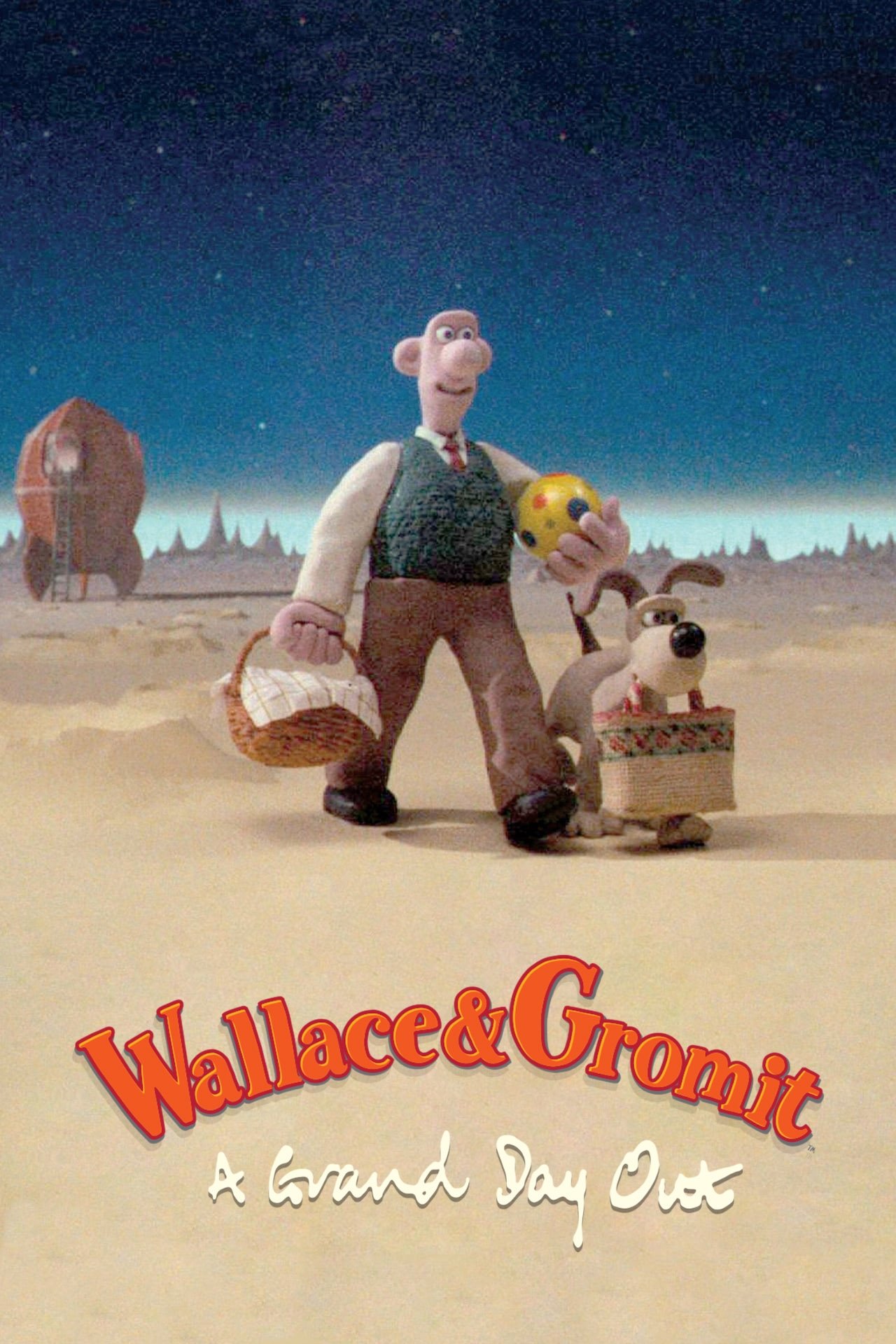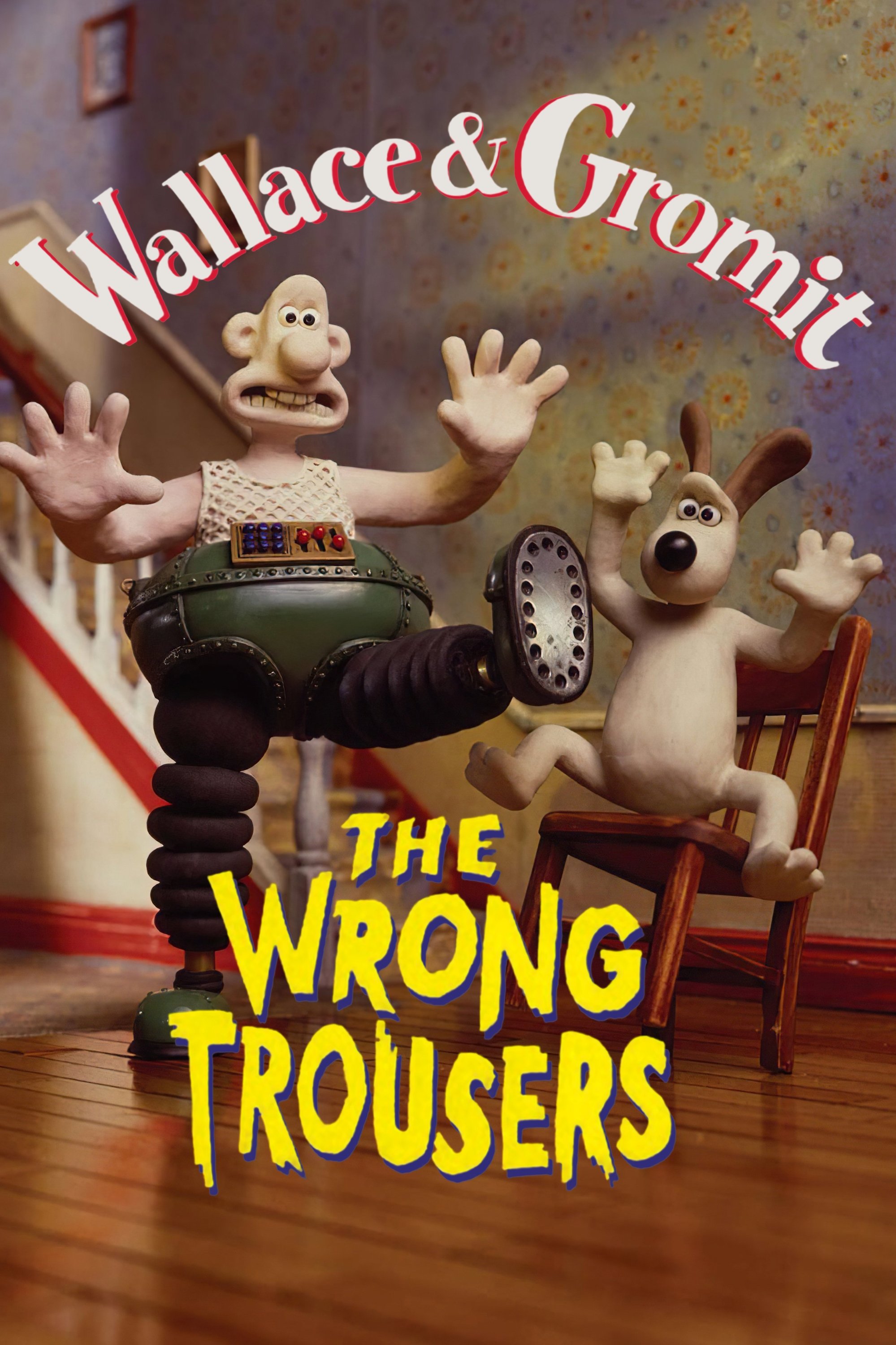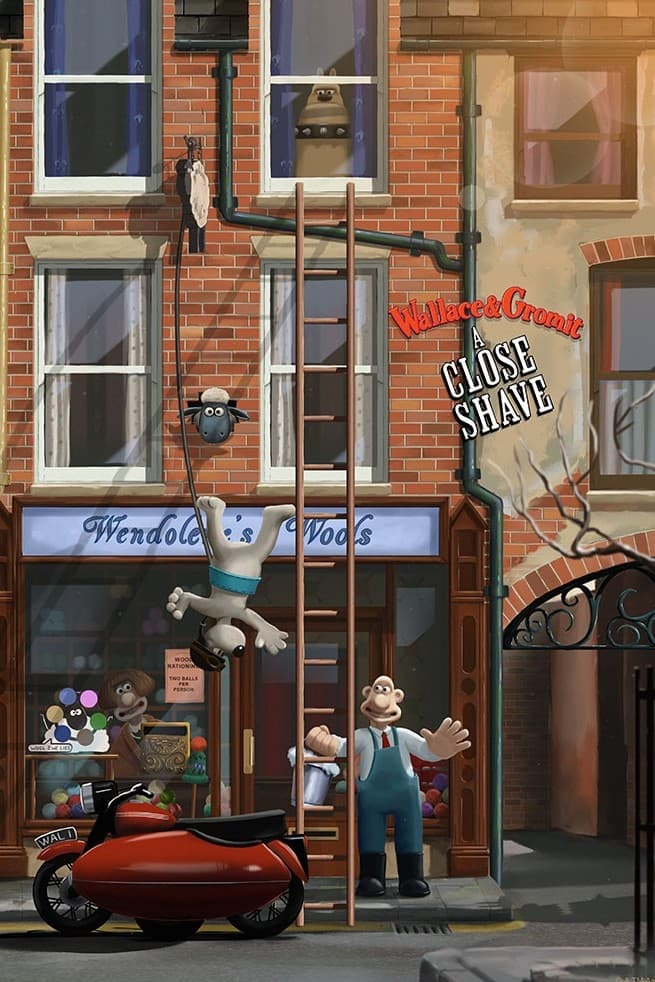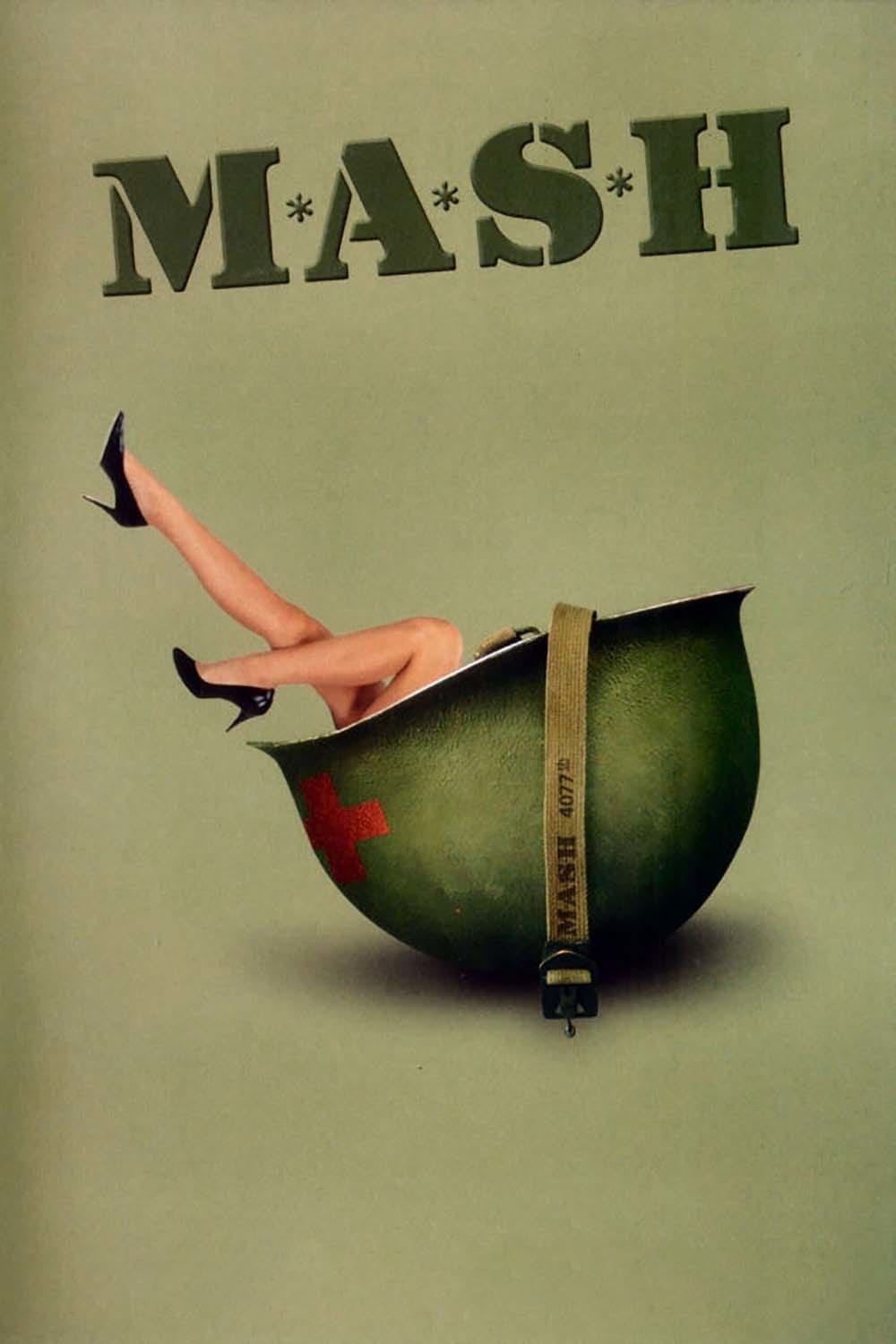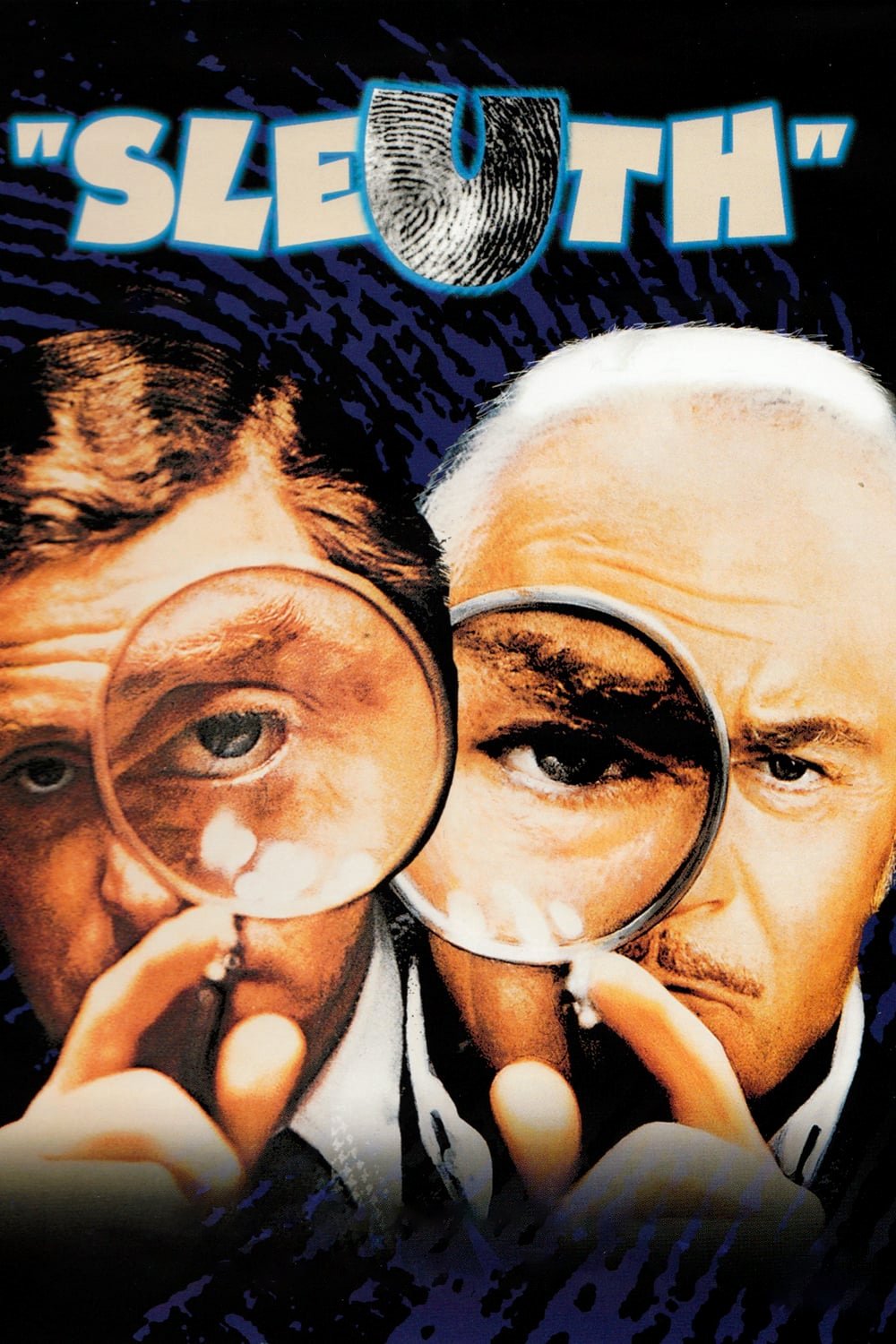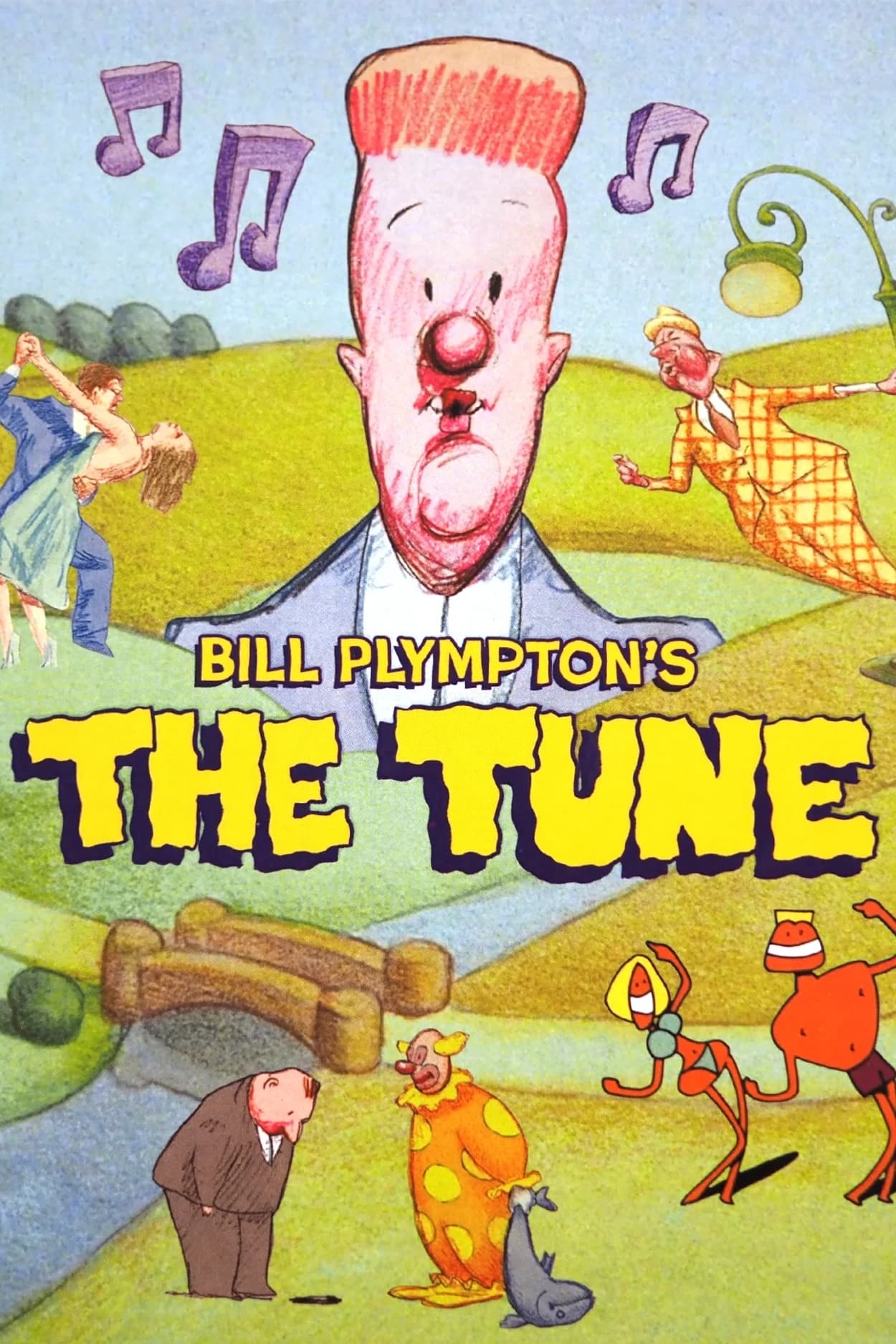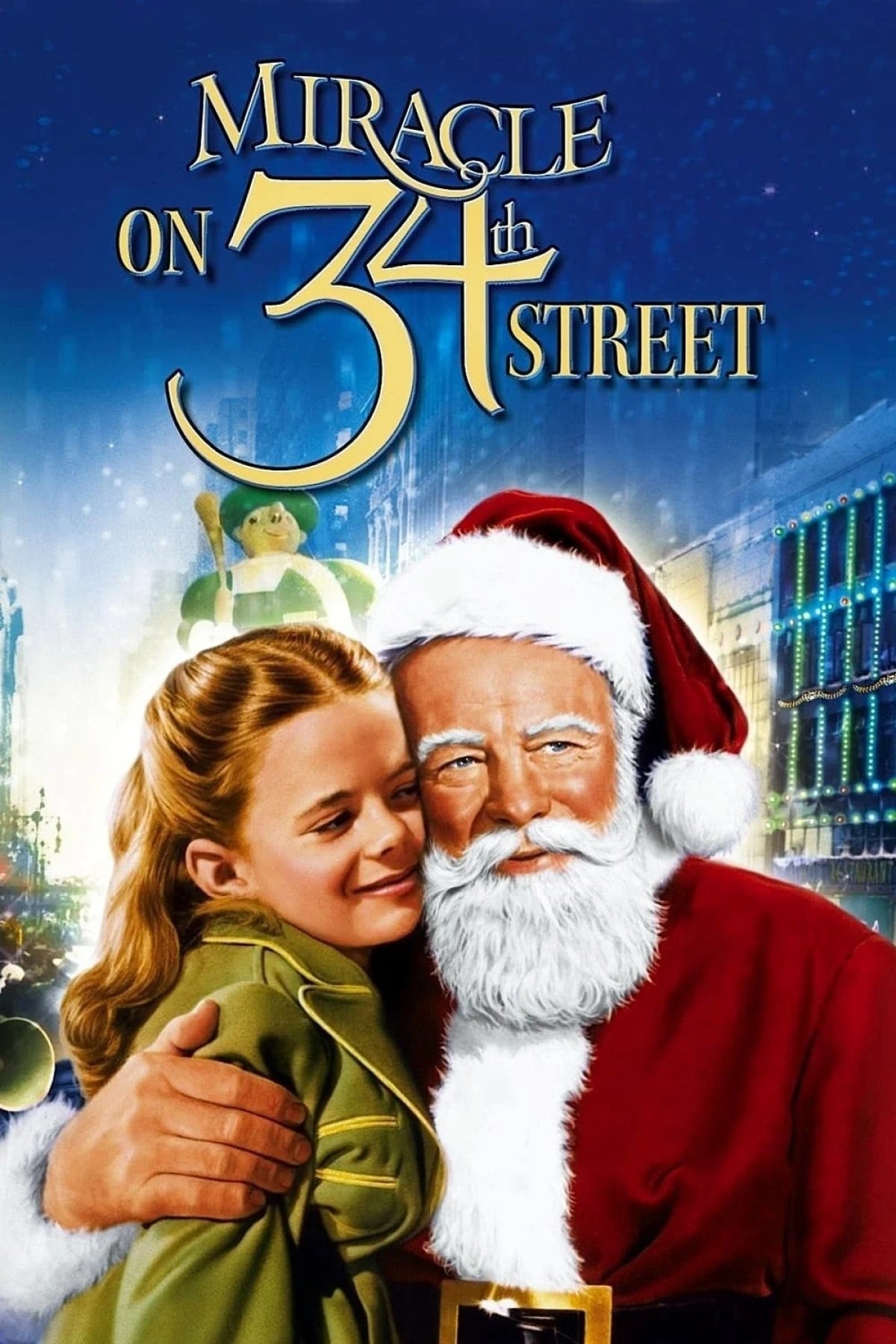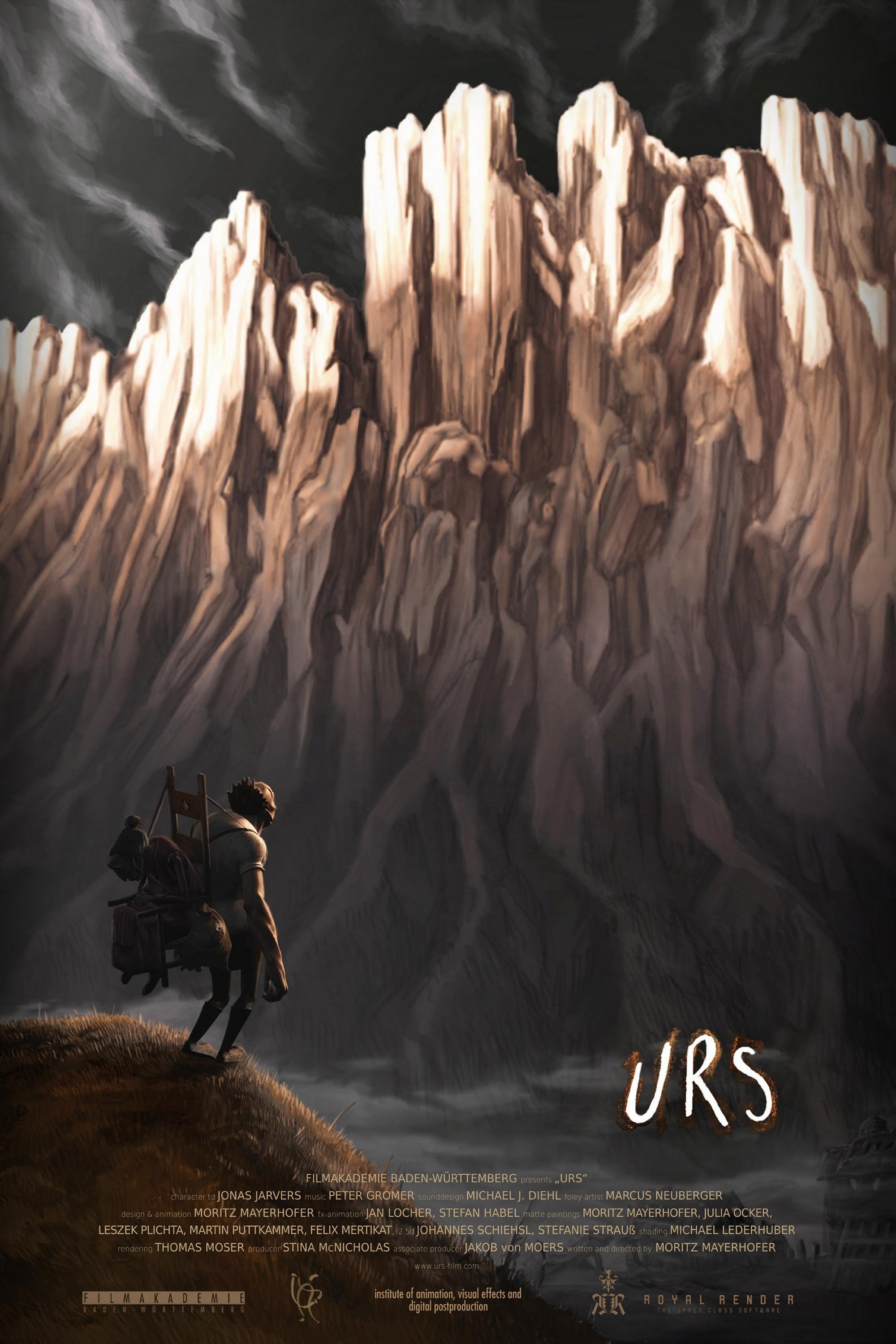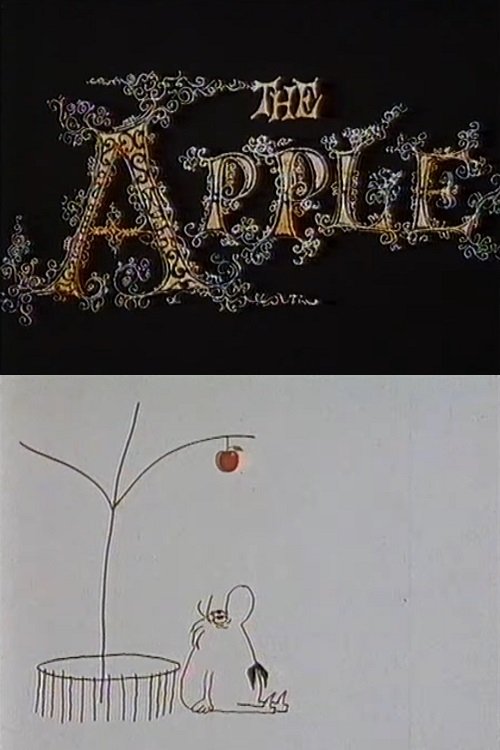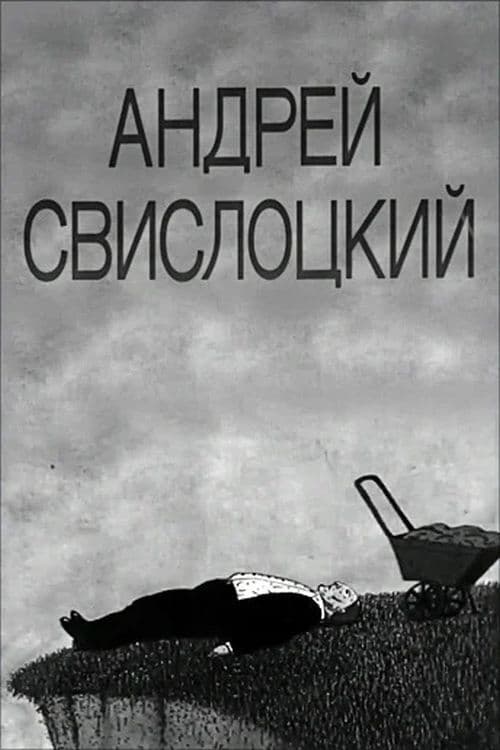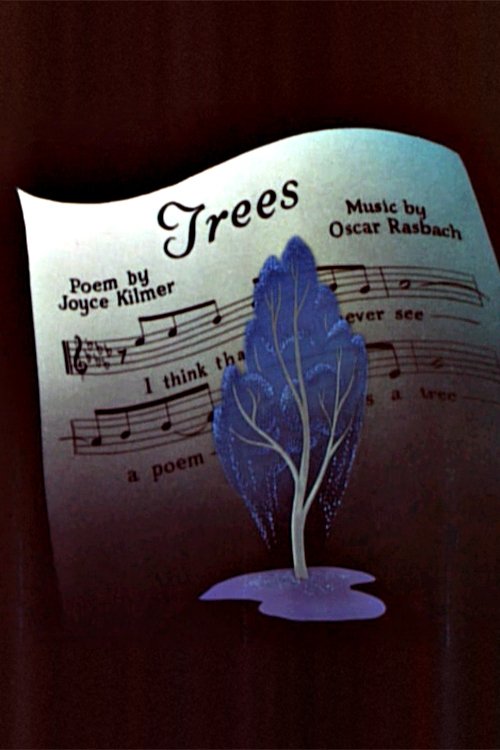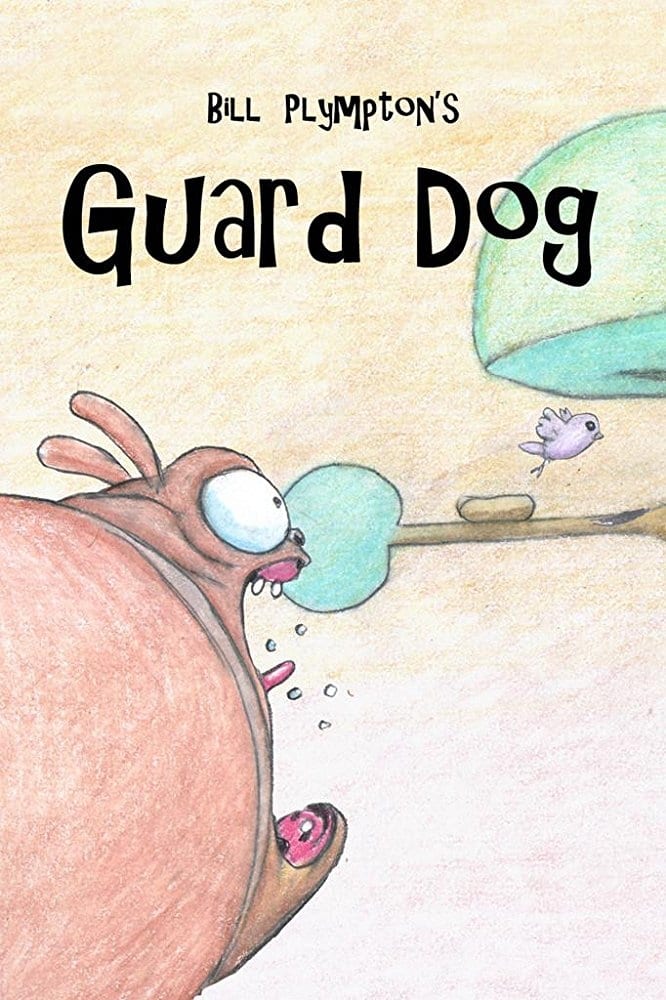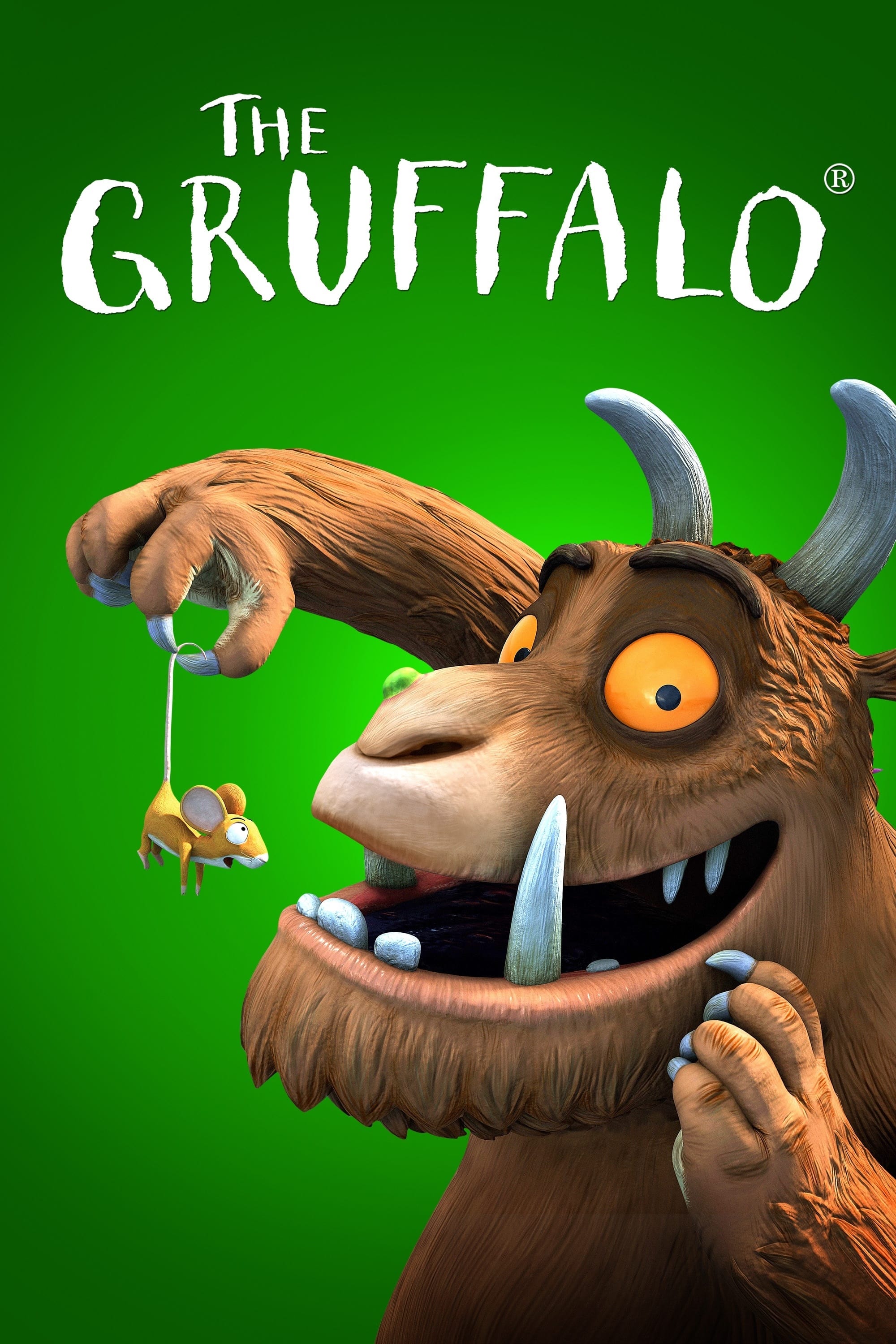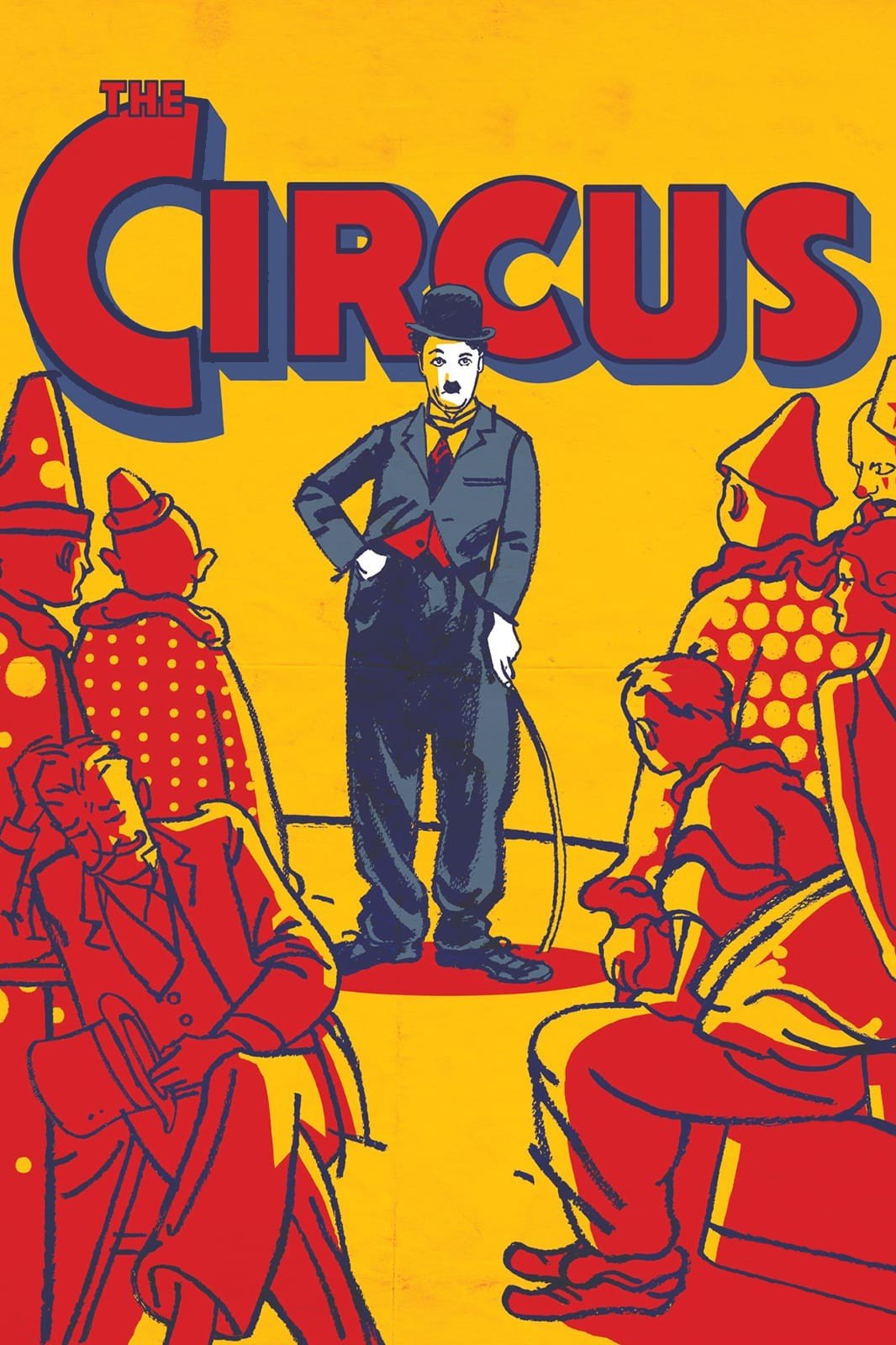
The Cow Who Wanted To Be a Hamburger (2010)
Released:
2010-03-12
Duration:
6min
Rating 5.4
Overview
A children's fable about the power of advertising, the meaning of life and ultimately the test of a mother's love. Preserved by the Academy Film Archive in 2016.
Production Companies
Bill Plympton Studios
Additional Info
| Budget | $0.00 |
|---|---|
| Revenue | $0.00 |
| Original Language | en |
| Popularity | 0.2752 |
Directed By
Bill Plympton
